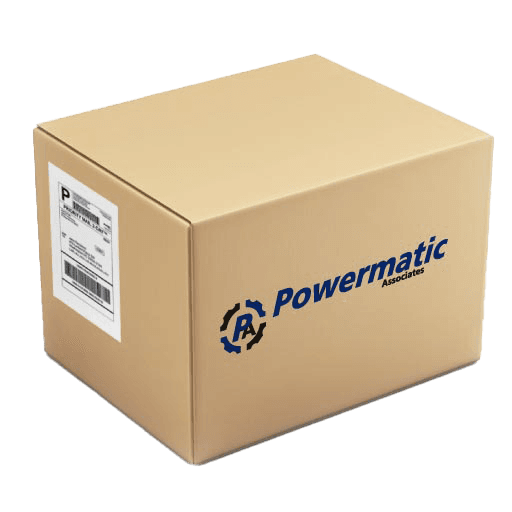Panasonic I/O Modules on Powermatic Associates


I/O Modules- Panasonic
Industrial I/O (input/output) modules are critical industrial network components that deliver input signals from a field device, such as a sensor or actuator, to a controller.



Industrial I/O (input/output) modules are critical industrial network components that deliver input signals from a field device, such as a sensor or actuator, to a controller.


Panasonic AFP7MXY32DWDH is an I/O Unit designed for multi I/O functionalities wi...
Quick Quote

Panasonic AFP7MC16EC is an I/O unit designed for 16-axes motion control with an ...
Quick Quote

Panasonic AFP7FCA21 is an I/O unit designed for analog current and voltage mixed...
Quick Quote

Panasonic AFP87424 is an I/O unit designed as an FP remote output unit. It opera...
Quick Quote

Panasonic FP0RTD6 is an I/O unit designed for analog RTD temperature input, feat...
Quick Quote
| Item | Manufacturer | Price | Stock | Delivery | |
|---|---|---|---|---|---|
 | AFP7MXY32DWDH Panasonic AFP7MXY32DWDH is an I/O Unit designed for multi I/O functionalities wi... | Panasonic | Quick Quote | ||
 | AFP7MC16EC Panasonic AFP7MC16EC is an I/O unit designed for 16-axes motion control with an ... | Panasonic | Quick Quote | ||
 | AFP7FCA21 Panasonic AFP7FCA21 is an I/O unit designed for analog current and voltage mixed... | Panasonic | Quick Quote | ||
 | AFP87424 Panasonic AFP87424 is an I/O unit designed as an FP remote output unit. It opera... | Panasonic | Quick Quote | ||
 | FP0RTD6 Panasonic FP0RTD6 is an I/O unit designed for analog RTD temperature input, feat... | Panasonic | Quick Quote | ||